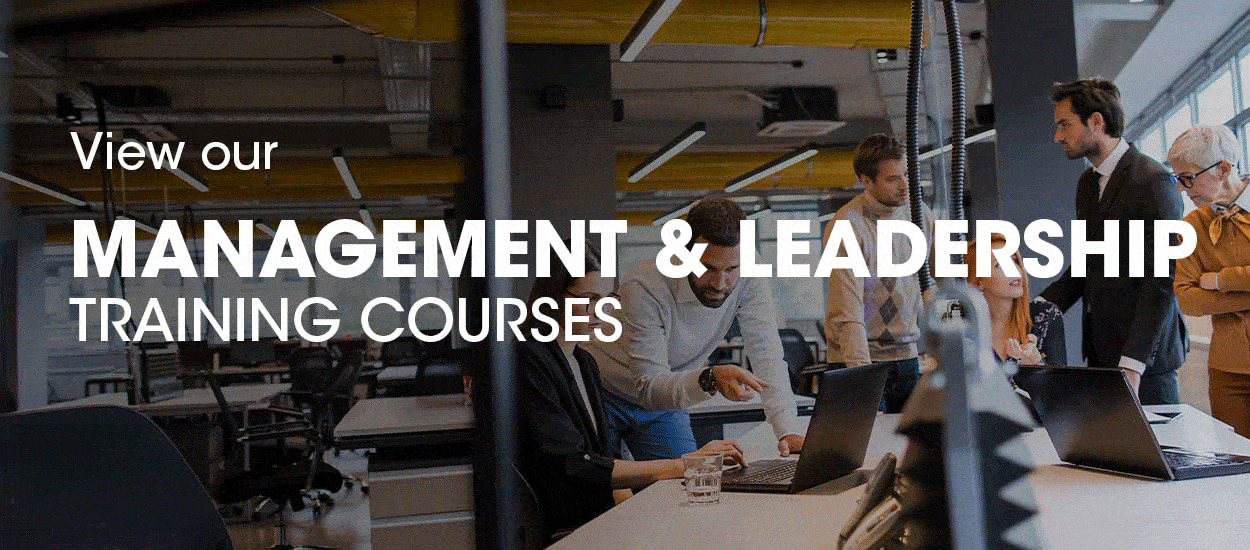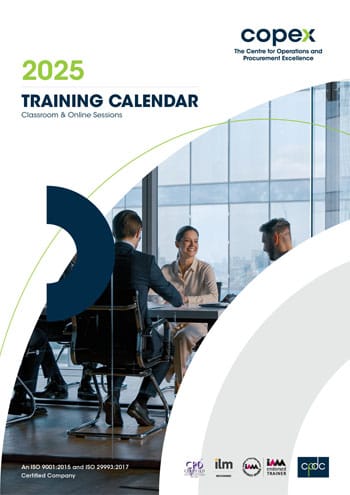
Steps to Effective Decision-Making in High-Pressure Situations
4 mins readIn high-pressure environments where stakes are high, time is limited, and consequences are far-reaching decision-making becomes both a science and an art. Whether navigating geopolitical challenges, responding to a crisis, or making critical executive calls, leaders must act with clarity, speed, and composure. The cost of indecision or poor judgment under pressure can be enormous, making effective decision-making a core leadership competency.
This article explores a structured, practical approach to decision-making in high-pressure situations. It outlines essential steps, psychological principles, and strategic models, with expert insights from Copex Training courses like Leadership Decision Making Course, High-Level Decision Making in Government Leadership Course, and Strategic Decision-Making Models for Managers Course.
Why High-Pressure Decisions Are Different
Unlike routine choices, high-pressure decisions often include:
- Ambiguity: Incomplete or conflicting information
- Time Constraints: Immediate action needed
- Risk: Potential for significant impact or failure
- Emotional Strain: Fear, stress, or political pressure
These conditions can amplify bias, impair reasoning, and lead to reactive rather than strategic thinking. Therefore, leaders must apply frameworks, mental discipline, and emotional regulation to navigate these moments.
The Agile Leadership in Executive Councils and Decision-Making Units Course emphasizes how agility, clarity, and communication drive effective decisions under pressure in public and private sector leadership.
Step 1: Regulate Emotions and Create Mental Space
The first step is to manage your emotional response. Pressure often triggers fight-or-flight reactions that narrow thinking and drive impulsive choices.
Techniques:
- Box Breathing: Inhale, hold, exhale, hold—all for 4 seconds—to calm the nervous system.
- Cognitive Reframing: View the situation as a challenge rather than a threat.
- Pause Briefly: Even 2–5 minutes of reflection can improve the quality of your decision.
These tools help leaders maintain mental agility and self-control, which are explored in Leadership Decision Making, a course designed to build composure in volatile scenarios.
Step 2: Clarify the Decision Context
Ask: What exactly needs to be decided? High-pressure situations often feel overwhelming because the problem is not well-defined.
Use the following questions:
- What is the core decision I need to make right now?
- What are the known constraints and non-negotiables?
- Who will be affected, and how?
- What’s the immediate and long-term impact?
Clearly identifying the decision scope sets boundaries for analysis and helps eliminate distractions.
High-Level Decision Making in Government Leadership Course focuses on clarifying policy decisions where ambiguity and competing interests are common.
Step 3: Prioritize Information
Under pressure, you won’t have the luxury to analyze everything. Focus on the most relevant data.
Tips:
- Apply the 80/20 Rule: What 20% of data gives you 80% of the clarity?
- Look for outliers or anomalies that could signal hidden risks.
- Use dashboards, visuals, or summaries to avoid information overload.
For financial decisions, Accounting, Decision Making & Financial Communication Training teaches professionals how to extract critical insights from financial data in real-time decision-making scenarios.
Explore: Leadership Training Courses
Step 4: Apply a Structured Framework
Using a structured model reduces the risk of bias and improves consistency.
Recommended frameworks include:
- SWOT Analysis: Evaluate strengths, weaknesses, opportunities, and threats
- PESTLE Analysis: Consider political, economic, social, technological, legal, and environmental factors
- Decision Matrix: Compare multiple options based on weighted criteria
- Risk-Impact Grid: Classify potential outcomes based on likelihood and severity
The Complete Course on PESTLE & SWOT Course equips leaders with these models to structure complex decision environments with discipline.
Step 5: Generate and Evaluate Options
Don’t rush to the first apparent solution. Even in high-pressure scenarios, you should:
- Brainstorm at least 2–3 alternatives
- Evaluate the trade-offs for each
- Consider both short-term wins and long-term implications
- Assess reversibility: Can this decision be changed if needed?
In Strategic Decision-Making Models for Managers Course, leaders learn how to balance creativity with risk assessment to generate robust options quickly.
Step 6: Consult Quickly and Wisely
Seek input from others—but selectively. Avoid groupthink or analysis paralysis.
Best Practices:
- Consult 1–2 experts with direct knowledge
- Include a contrarian or “red team” voice to challenge assumptions
- Keep consultations time-bound: 10–15 minutes max in fast-moving scenarios
This promotes diversity of thought without derailing momentum. In government and public sector settings, High-Level Decision Making in Government Leadership Course teaches strategic stakeholder engagement in urgent policymaking.
Step 7: Decide and Communicate with Authority
Once the decision is made, communicate it clearly. In high-pressure moments, teams look for:
- Confidence: Even when uncertain, show conviction
- Clarity: Avoid ambiguity in what is expected next
- Empathy: Acknowledge pressure or difficulty while leading with strength
Use the “BLUF” method—Bottom Line Up Front—when conveying urgent decisions.
Agile Leadership in Executive Councils and Decision-Making Units Training emphasizes concise, mission-aligned communication during crisis and rapid change.
Step 8: Execute and Monitor Rapidly
The value of a decision lies in its implementation. In high-pressure environments:
- Create immediate next steps or action plans
- Assign responsibilities and timeframes clearly
- Monitor execution through short check-in loops
- Be ready to pivot if new data emerges
Execution accountability is a core principle in Leadership Decision Making Course, ensuring leaders don’t just decide—they deliver.
Step 9: Conduct a Post-Decision Review
Reflection is often skipped under pressure, but it’s essential for growth.
After the situation stabilizes, ask:
- What went well?
- What would I do differently?
- Did the decision achieve its objectives?
- What feedback did I receive from others?
This helps institutionalize learning and refine your high-pressure decision-making process over time.
Real-World Example: Crisis in Infrastructure
A city’s infrastructure agency faced a sudden power grid collapse in peak summer. Leaders had to:
- Stabilize affected neighborhoods
- Decide between rolling blackouts or full shutdowns
- Communicate with government, media, and citizens
- Manage public safety, hospitals, and critical facilities
Using a simplified PESTLE analysis and emergency scenario modeling, they:
- Prioritized risk zones
- Issued tiered shutdowns
- Engaged utility teams and military for backup
- Avoided casualties and restored partial function in 48 hours
Their approach mirrored the training covered in Strategic Decision-Making Models for Managers Training and High-Level Decision Making in Government Leadership Course.
Summary of Key Steps
- Regulate your mindset – Calm and clarity come first
- Define the decision – Isolate what needs resolution
- Filter the data – Focus on relevant, high-impact information
- Apply a framework – Use PESTLE, SWOT, or matrices
- Explore options – Don’t settle for the first idea
- Consult briefly – Leverage wisdom without delay
- Communicate powerfully – Lead with clarity and conviction
- Execute and adapt – Drive action and monitor impact
- Debrief for learning – Every crisis is a classroom
Final Thoughts: Training for Tough Calls
High-pressure decisions don’t get easier—but your readiness can improve. Leaders who prepare mentally, structurally, and emotionally can act with confidence when it matters most.
To strengthen these skills, explore expert-led training from Copex:
- Leadership Decision Making
- Strategic Decision-Making Models for Managers
- High-Level Decision Making in Government Leadership
- Agile Leadership in Executive Councils and Decision-Making Units
- Accounting, Decision Making & Financial Communication
- Complete Course on PESTLE & SWOT
With the right strategies and mindset, you’ll be equipped to lead through any high-stakes situation.





